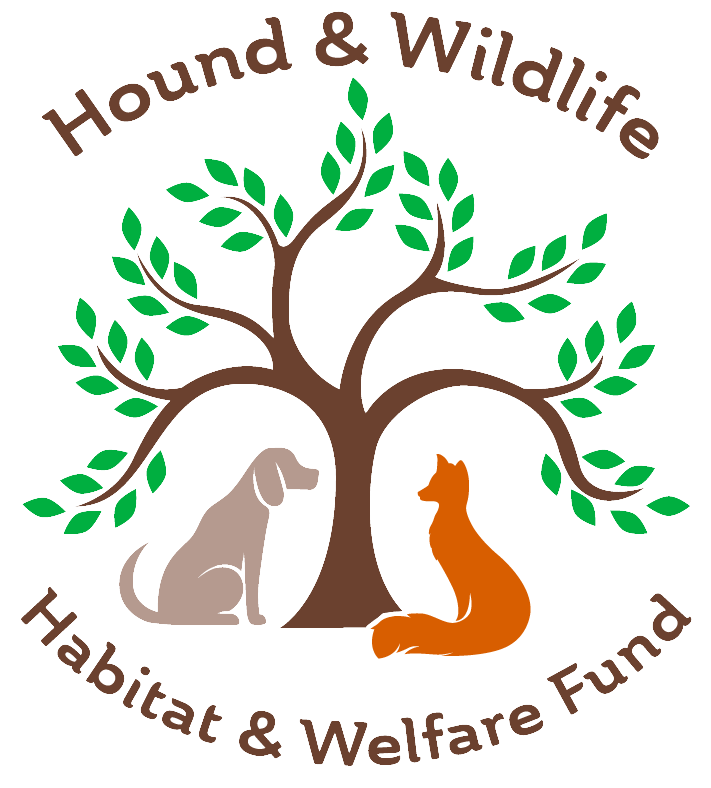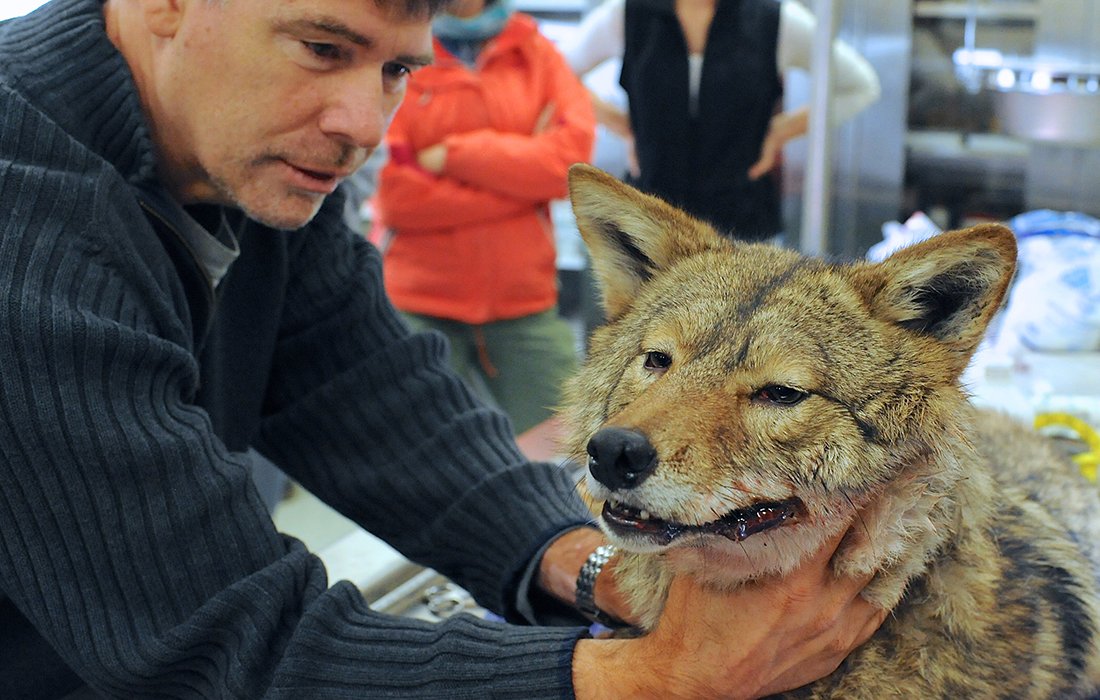From the Education and Outreach Committee
The short seminar co-hosted by the Environmental Professional Network (EPN) and The Center for Human-Animal Interactions Research and Education (CHAIRE) at The Ohio State University on Tuesday morning (2/15/22) was fascinating, and played to a nearly full house in-person, with another 200 or so people participating virtually. The four speakers gave overviews of research and efforts regarding the conservation of mid to large sized carnivores within their areas of expertise. Each had come to believe that mutually beneficial co-habitation between the two and four-legged mammalian carnivores is possible, and in most cases, much more efficient than human attempts to either eradicate or confine the four-legged.
Madaline Winans
Madeline Winans, the CHAIRE Program Coordinator, spoke briefly about CHAIRE and its role in animal conservation. A little more research on my part yielded the center’s three foci:
• Welfare & behavior (human and non-human)
• Conservation
• Companionship/zooeyia (positive health benefits on people of interacting with animals).
More information on this organization may be found here: https://chaire.osu.edu
The new President and CEO of the Columbus Zoo, Tom Schmid, spoke of the zoo’s commitment to help people view all animals in a way that is less entertainment and more integral to global and personal welfare.
Dr. Jose’ Vicente Lopez Bao believes that, in order to create effective conservation and practical coexistence techniques, understanding the ecology, behavior and evolution of large carnivores as well as the human psychological, social, political and economic processes is vital.
Dr. Stan Gehrt
Dr. Stan Gehrt (who was the speaker that first inspired me to look into this seminar) is a professor of wildlife ecology and extension wildlife specialist at Ohio State’ School of Environment and Natural Resources. He has an ongoing study of the coyote population of Cook County, Illinois (greater metropolitan Chicago) that began in 2000. The study has been fascinating and has provided insight on all aspects of these highly intelligent and adaptive carnivores that are living well among us in the country, suburban areas and cities. He has been able to shed light on common (mis-)understandings about coyote prey, life cycles and human interactions. As coyote are prevalent in the land over which we foxhunt, this topic was close to my heart and I am hopeful of convincing Dr. Gehrt to come and speak with us in the near future. More information on this ongoing study, as well as some of the information mined in the process, may be found here: Research reports and resources | Urban Coyote Research
The seminar served to share a sliver of the ongoing research about adaptive processes between human and (other) mammalian carnivores as native habitats change, and we find ourselves having more space in common. Personally, it was encouraging to find so much research devoted to co-existence practices and whet my appetite to know more!
Anyone interested in helping the Education and Outreach Committee for HW2 create and host events designed to educate and inspire us to be better co-inhabitors and stewards of our beautiful countryside, please contact Stephanie Phillips 614-286-1744 or trinityfarm@yahoo.com


